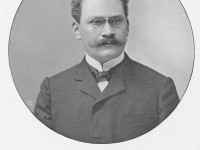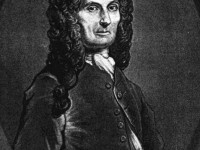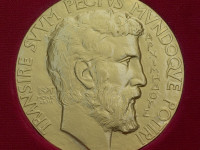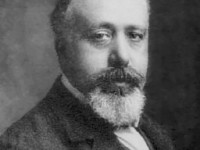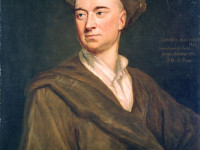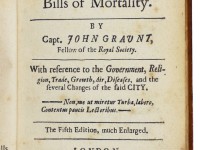James Joseph Sylvester – Lawyer and Mathematician
On September 3, 1815, English mathematician James Joseph Sylvester was born. He made fundamental contributions to matrix theory, invariant theory, number theory, partition theory and combinatorics. He also was the founder of the American Journal of Mathematics. “It seems to be expected of every pilgrim up the slopes of the mathematical Parnassus, that he will at some point or other of his journey sit down and invent a definite integral or two…
Read more




